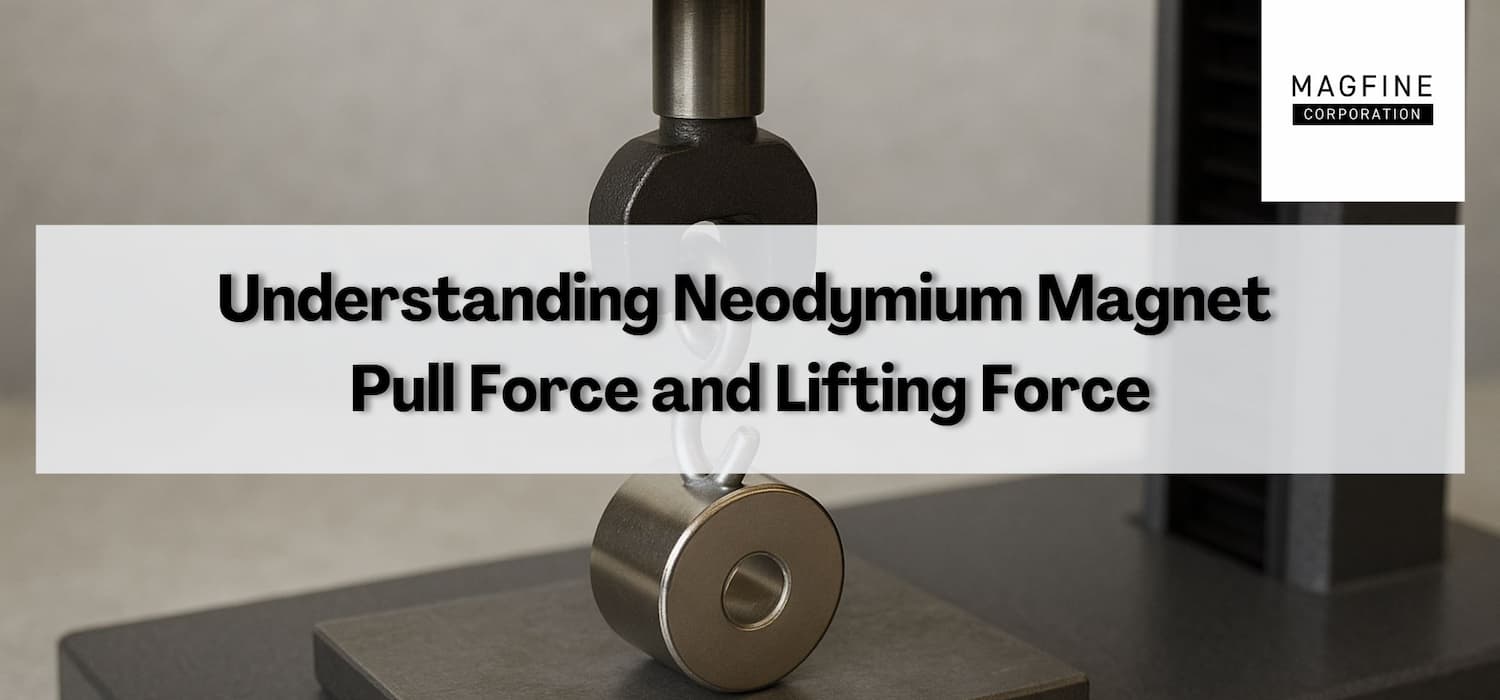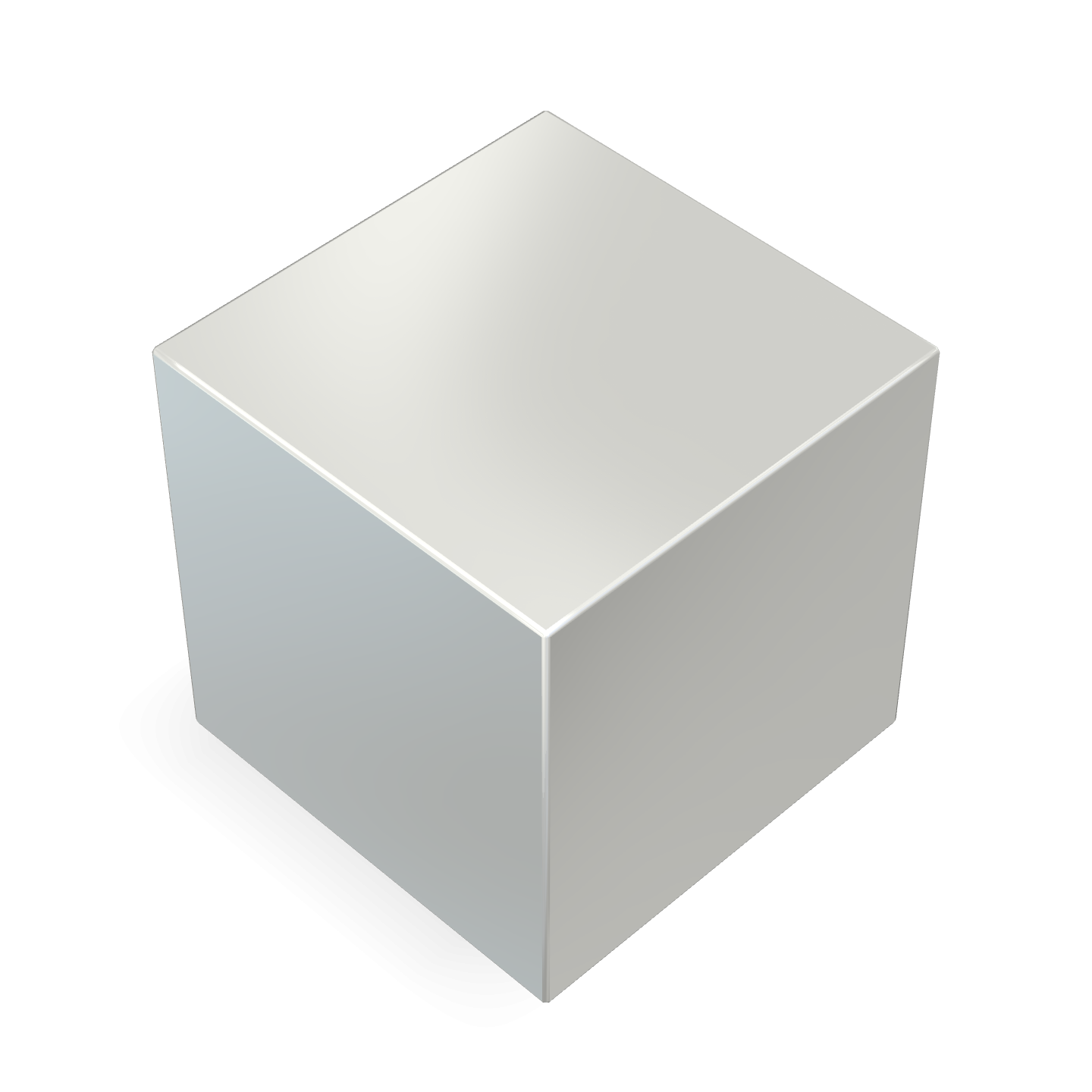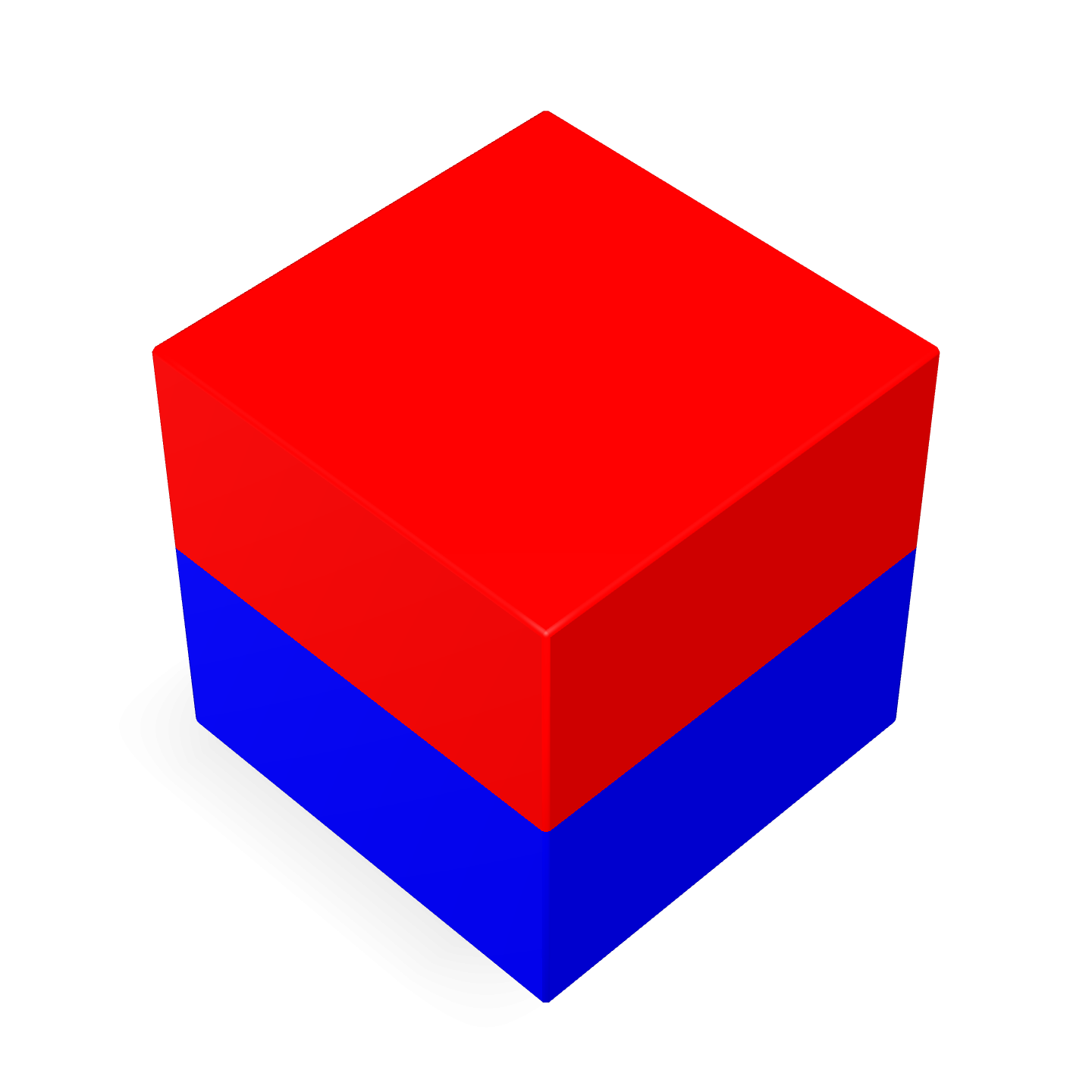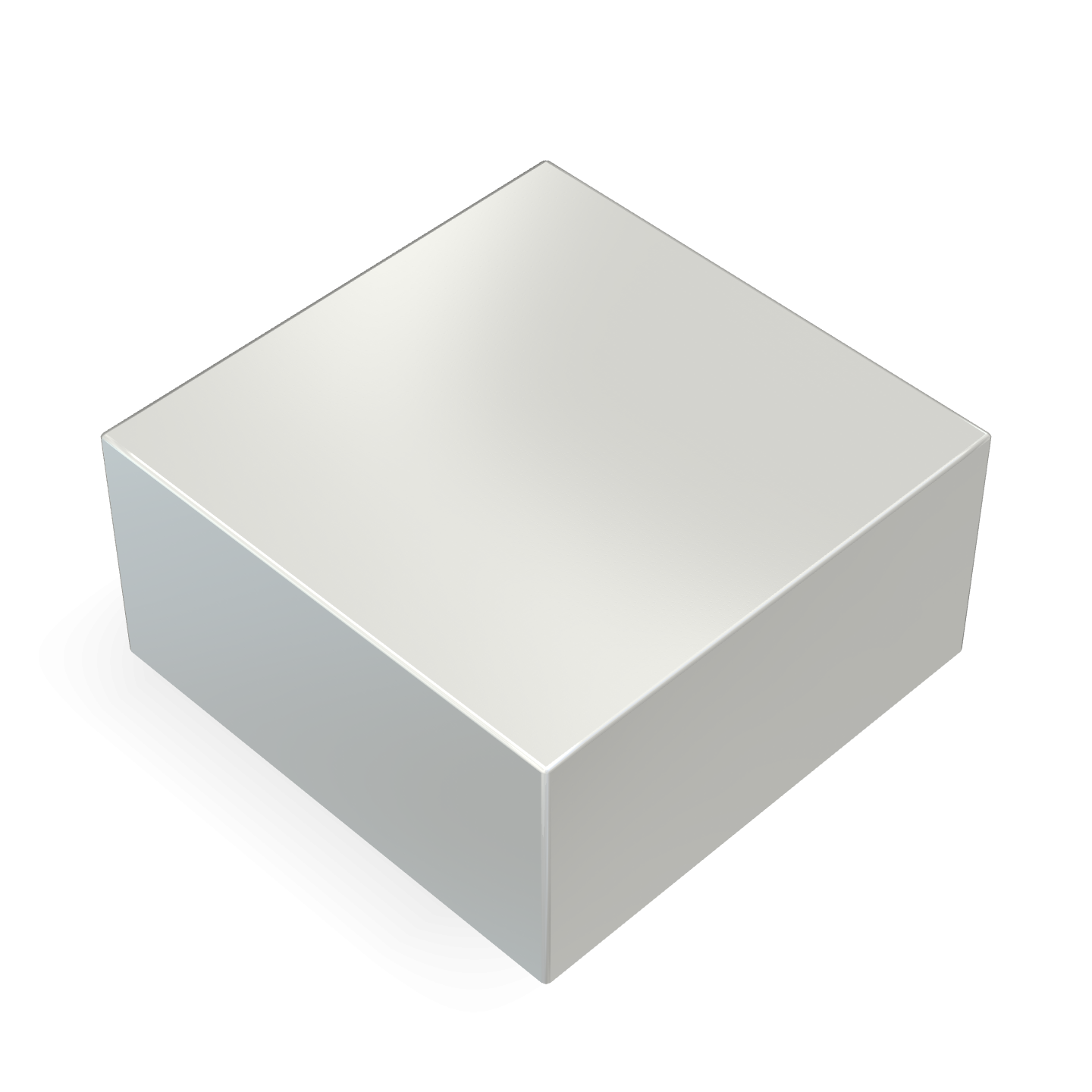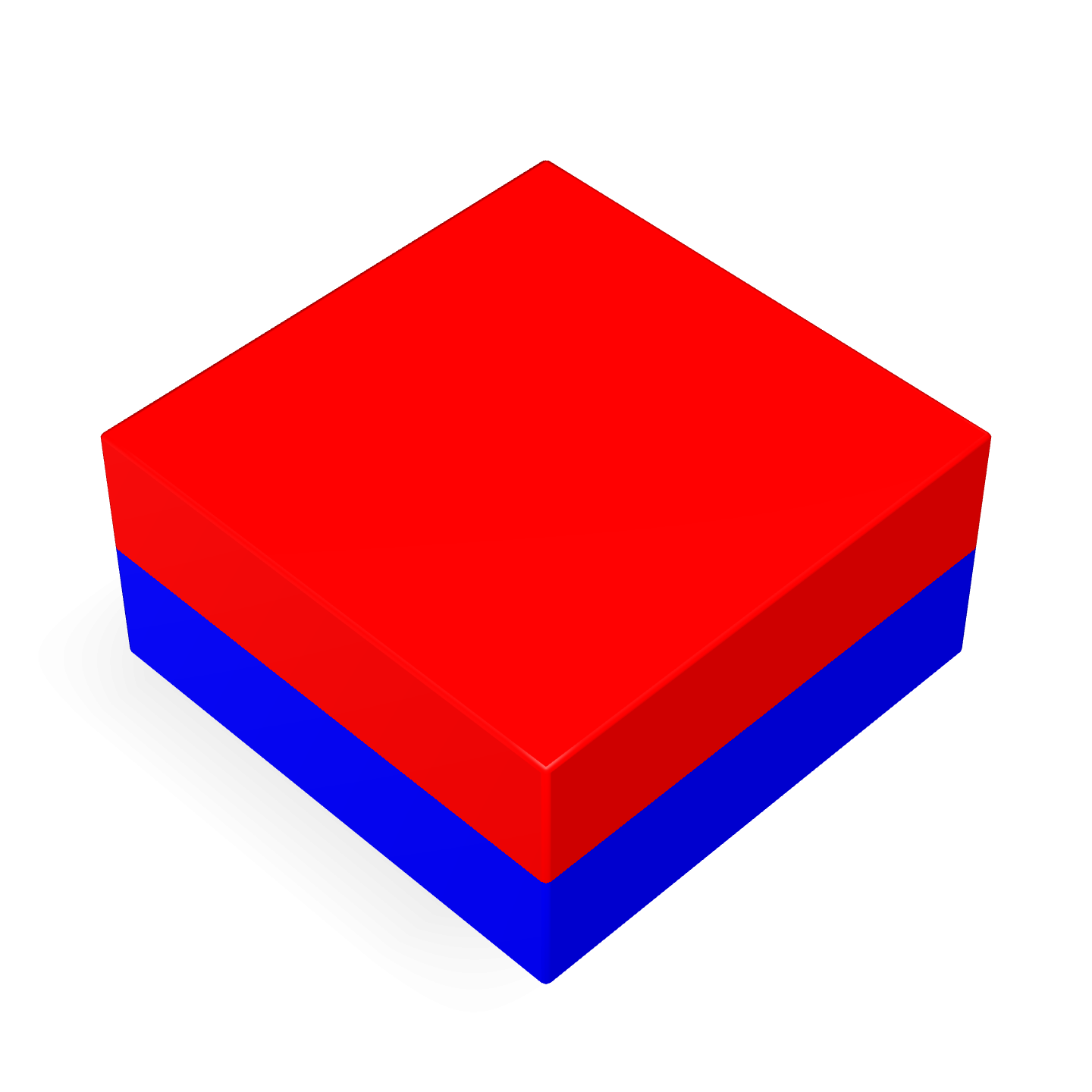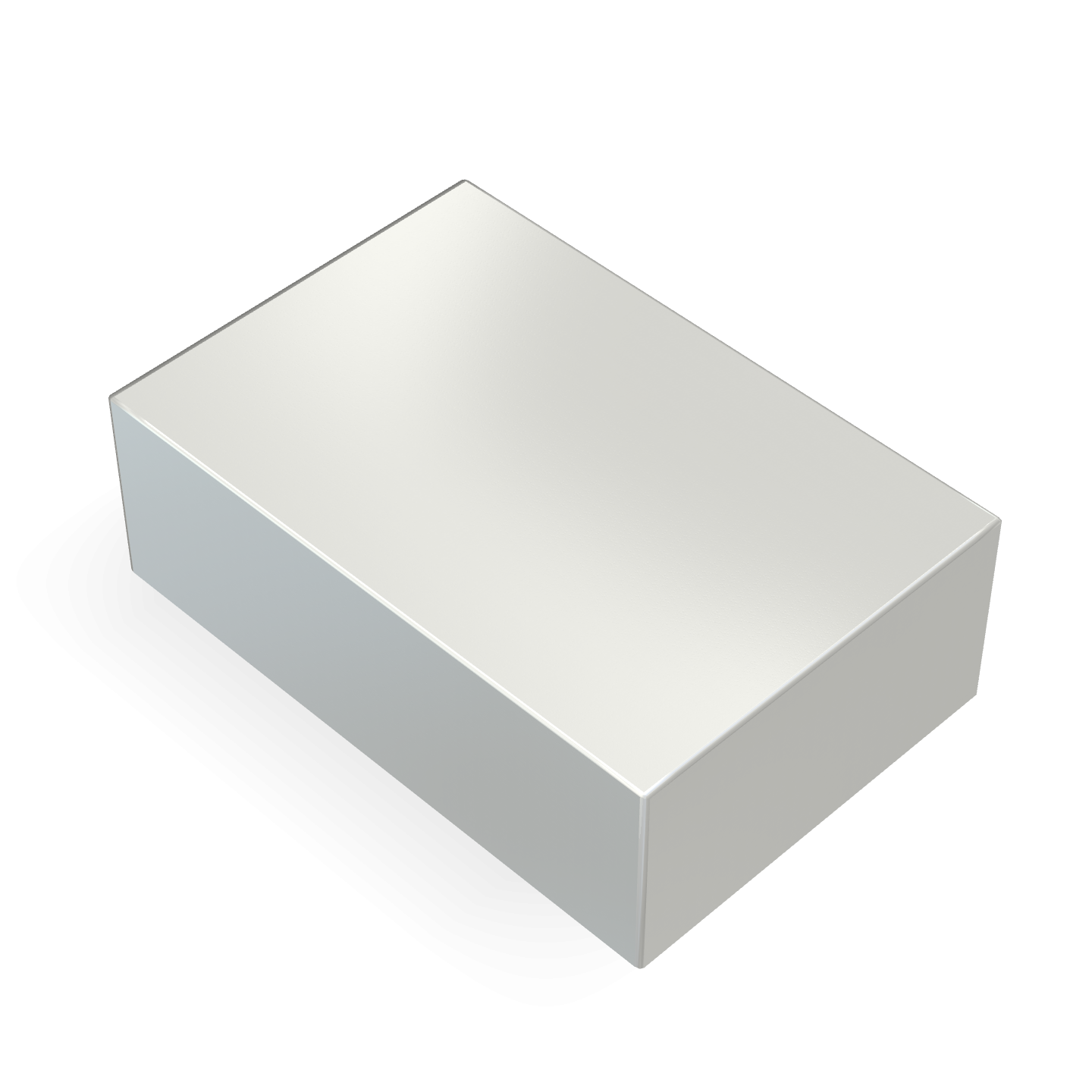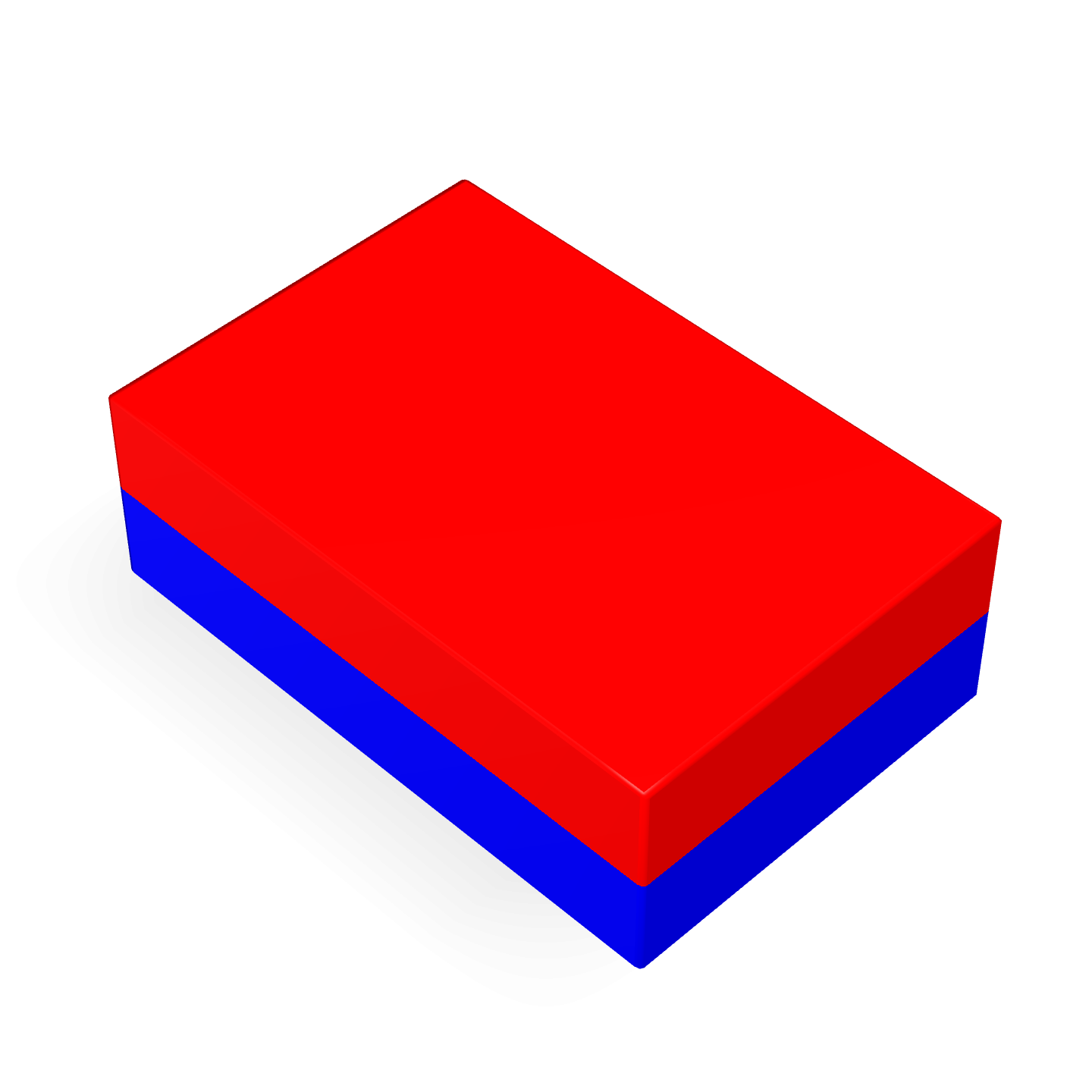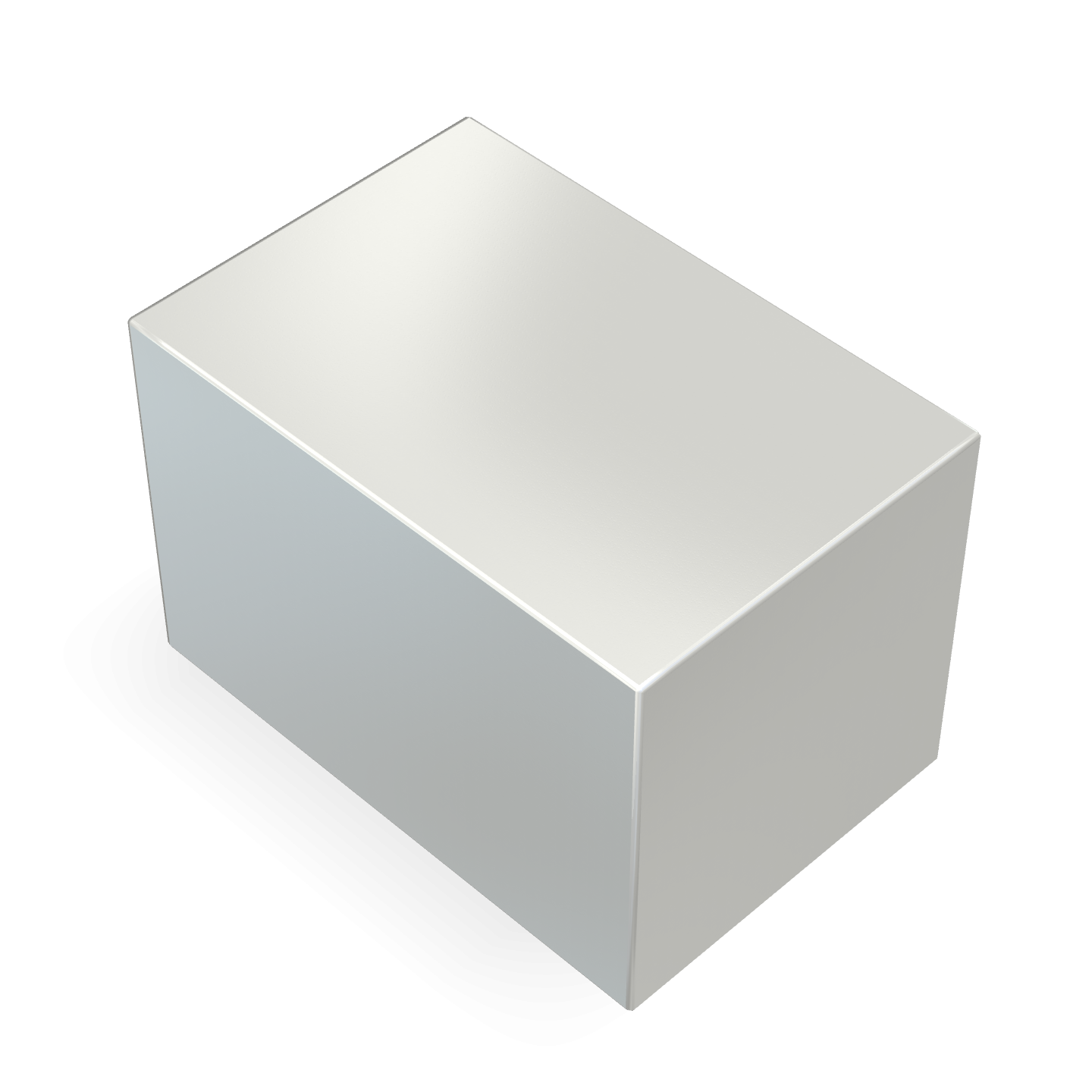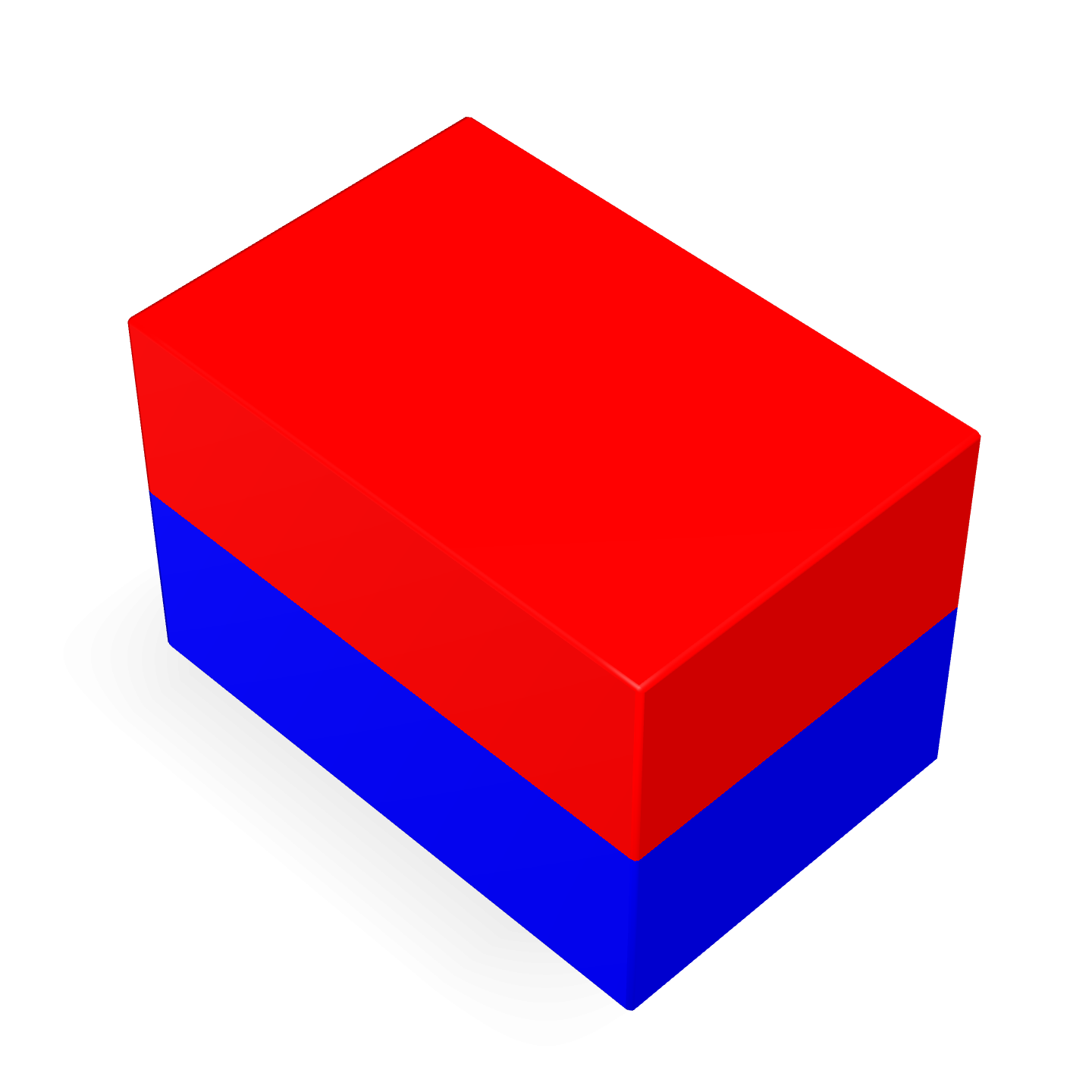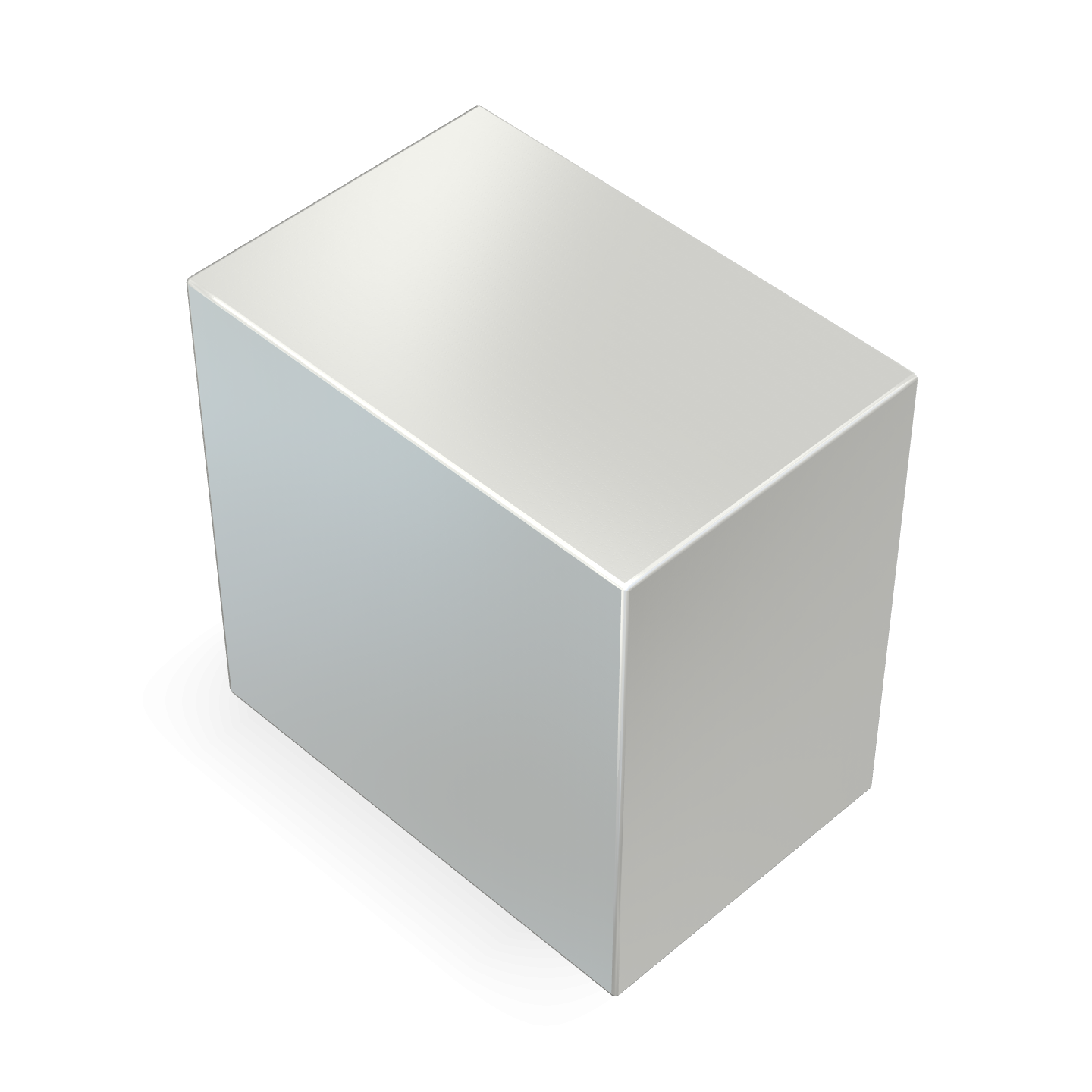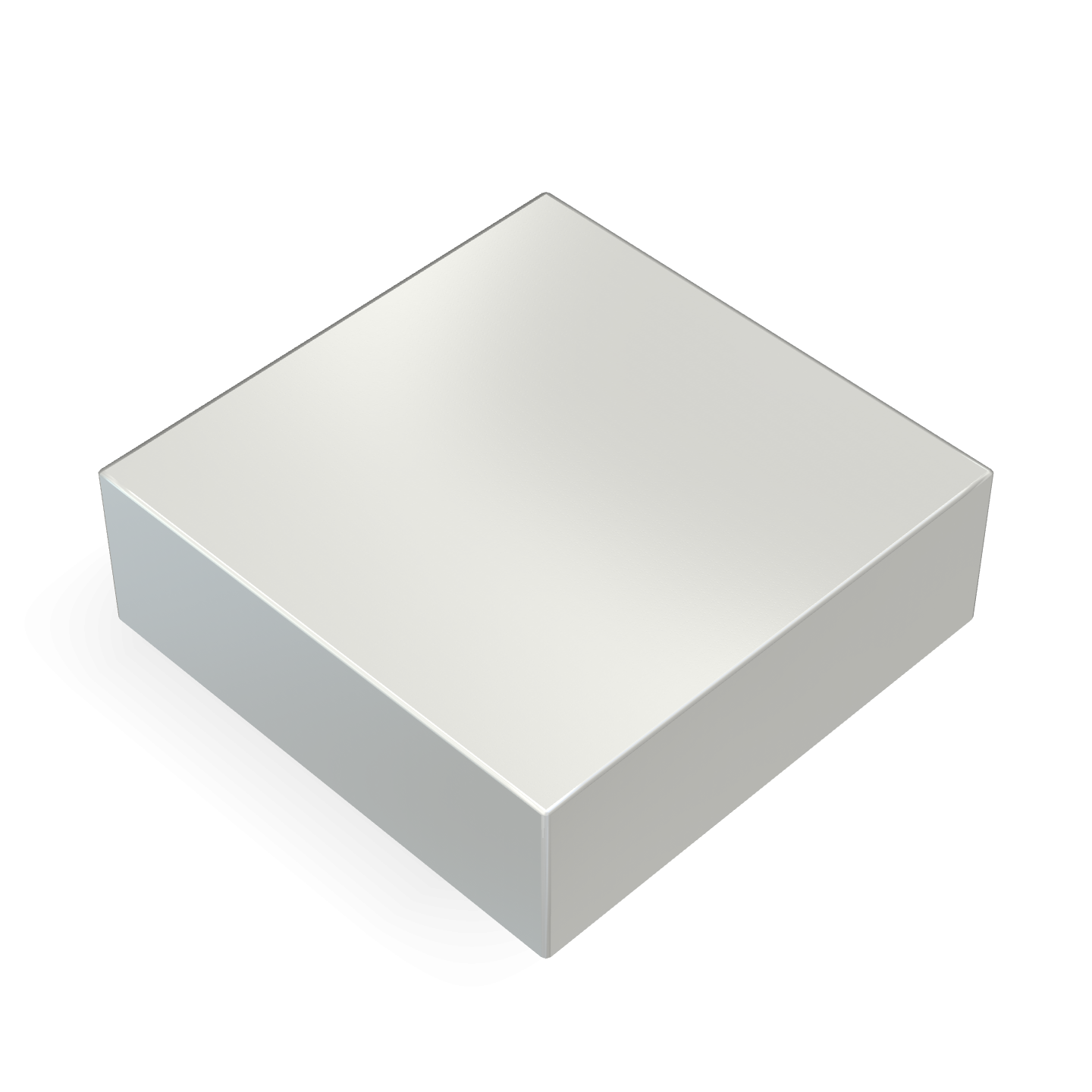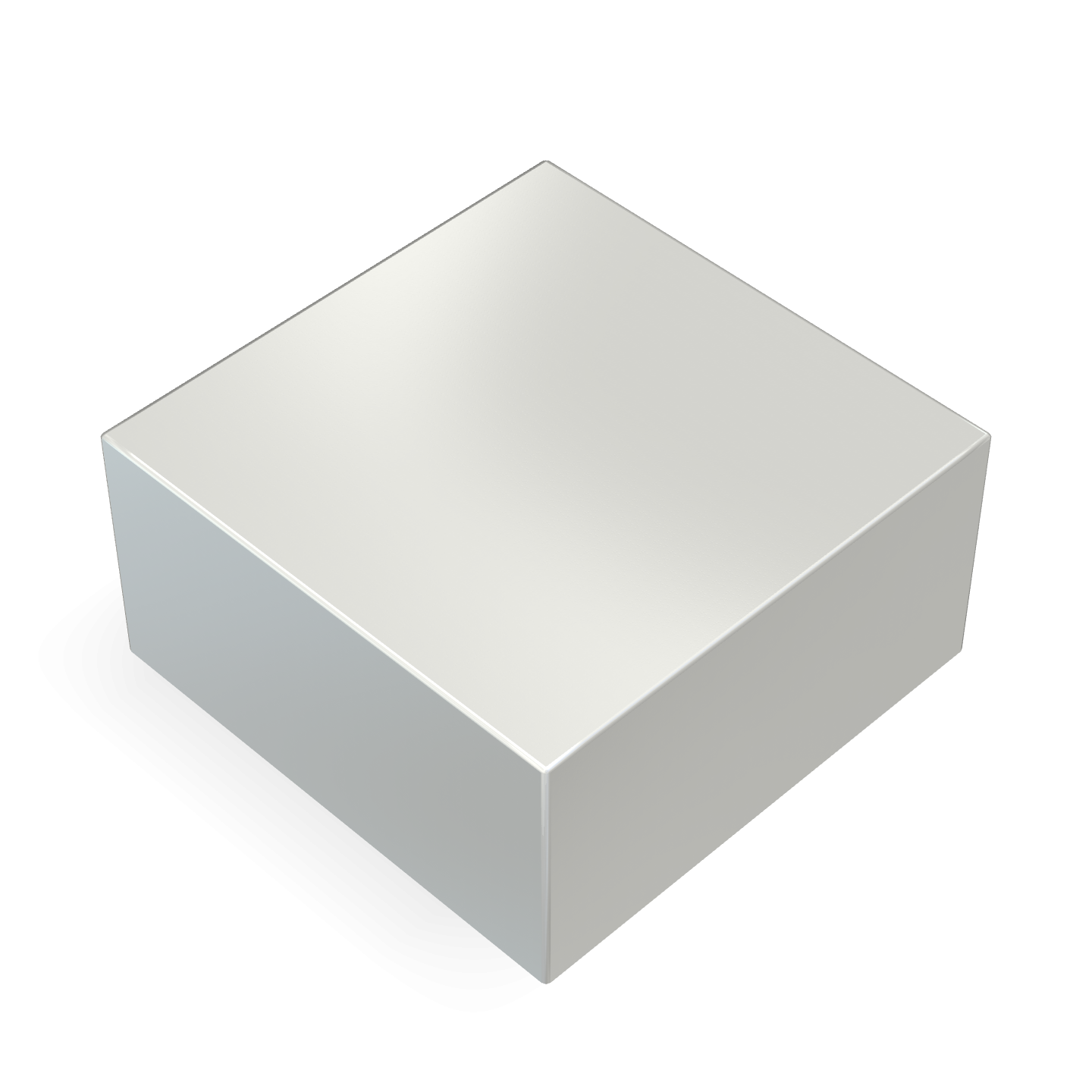Understanding Neodymium Magnet Pull Force and Lifting Force
When it comes to neodymium magnets, one of the most common technical questions is: How much weight can a magnet actually hold? The answer is not as simple as a single number. Pull force and lifting force depend on a variety of engineering factors, ranging from the magnet’s grade and size, to the surface condition of the material it adheres to. At Magfine Canada, we specialize in providing industrial magnets designed for both practical and advanced applications. In this article, we’ll dive deep into the science of pull force and lifting force, explain how they are measured, and help you select the right magnets in Canada for your projects.
What Is Pull Force in a Neodymium Magnet?
The pull force of a neodymium magnet is defined as the maximum force required to detach the magnet from a thick, flat steel plate in a direct contact, perpendicular pull scenario. This is often expressed in kilograms (kg) or pounds (lbs). Pull force values are critical because they provide a standardized benchmark to compare one magnet against another.
For example, a 1-inch diameter, N52 grade neodymium disc magnet can exhibit a pull force exceeding 90 lbs (40 kg) under optimal laboratory conditions. However, this does not mean it will hold 90 lbs in a real-world application, where factors like surface irregularities, paint, coatings, or even slight misalignments reduce the effective holding power.
Lifting Force vs. Pull Force: The Key Difference
While the terms “pull force” and “lifting force” are often used interchangeably, they are technically distinct.
- Pull Force: The maximum perpendicular detachment force under ideal conditions.
- Lifting Force: The effective weight a magnet can sustain in practical, dynamic environments (e.g., lifting a steel plate vertically).
Lifting force is always lower than theoretical pull force because real-world conditions introduce variables: surface roughness, thickness of the ferromagnetic material, temperature changes, and even vibration during lifting operations.
Engineering Factors Affecting Magnet Force
Several technical parameters determine how much force a neodymium magnet can apply:
- Magnet Grade: Neodymium magnets range from N35 to N52, with higher numbers signifying stronger magnetic flux density. An N52 magnet will generally exert greater pull force than an N35 magnet of identical size.
- Surface Contact: Maximum pull requires direct, flush contact with a thick, smooth steel surface. Any paint, zinc coating, or uneven surface drastically reduces holding strength.
- Air Gaps: Even a 0.1 mm gap (from a thin layer of adhesive, for example) can reduce pull force by 30–50%.
- Material Thickness: Thin steel may saturate magnetically, preventing the magnet from exerting its full rated pull force. Generally, steel should be at least 3–5 mm thick for maximum performance.
- Temperature Stability: Standard neodymium magnets lose performance above 80°C, while specialized high-temperature grades extend this limit to 150–200°C.
How Manufacturers Test Pull Force
To provide consistent data, manufacturers measure pull force under controlled conditions. The magnet is placed on a polished, thick, low-carbon steel plate. A tensile machine applies force perpendicular to the contact surface until separation occurs. This maximum force value becomes the official pull force rating.
At Magfine Canada’s neodymium magnet catalog, we clearly list the pull force values under standardized conditions. This transparency ensures that engineers, designers, and hobbyists can select magnets with confidence.
Real-World Applications of Pull Force
Pull force is not just a theoretical number—it directly influences how magnets perform in daily use. Examples include:
- Magnetic Hooks: Rated pull force tells you how much weight a hook can reliably hold on a steel beam.
- Magnetic Fixtures: In welding or machining, pull force ensures parts remain securely fixed.
- Industrial Lifting Magnets: Lifting force calculations are essential for safely moving large steel plates in construction or manufacturing.
- Consumer Gadgets: In closures, mounts, or magnetic tool holders, manufacturers design around expected pull force.
Why Pull Force Ratings Can Be Misleading
It’s important to recognize that pull force numbers represent “best-case scenarios.” In everyday conditions, magnets in Canada used for construction or industrial lifting rarely achieve their theoretical maximum. For this reason, engineers often apply a derating factor of 50% or more when designing systems that rely on magnets for load-bearing applications.
Case Study: Comparing Magnet Grades
Consider two disc magnets with identical dimensions: one N35, the other N52. The N35 may exhibit a pull force of 30 lbs, while the N52 version of the same size can reach over 50 lbs. This dramatic difference illustrates why grade selection is crucial, particularly in industrial magnet applications where safety margins matter.
Buying Neodymium Magnets in Canada
If you’re searching for magnets in Canada, choosing the right supplier is just as important as understanding pull force. At Magfine Canada, we stock a wide selection of high-grade neodymium magnets with detailed specifications, including pull force and lifting force data. This allows engineers, educators, and hobbyists to make informed decisions without guesswork.
Best Practices for Maximizing Magnet Force
To ensure your neodymium magnets perform at their rated pull force, follow these practices:
- Always use thick, clean, and flat ferromagnetic materials for mounting.
- Avoid placing magnets on painted or coated surfaces without preparation.
- Store magnets in dry, low-humidity conditions to prevent corrosion, or choose nickel, epoxy, or gold-coated versions.
- When using magnets in lifting, never exceed 50% of rated pull force for safety.
- Use spacers or keepers to reduce demagnetization during storage.
Conclusion
Understanding the difference between pull force and lifting force is essential when working with neodymium magnets. Whether you are designing an industrial lifting system, creating magnetic fixtures, or sourcing magnets in Canada for commercial or educational use, precise knowledge ensures safety and efficiency. At Magfine Canada, we are committed to supplying not just magnets, but also the knowledge you need to use them effectively.
Frequently Asked Questions (FAQ) on Neodymium Magnet Pull Force
- Q1: How is pull force measured for neodymium magnets?
- Pull force is measured using a tensile testing machine under ideal conditions, with the magnet attached to a flat, thick steel plate until separation occurs.
- Q2: Why is lifting force lower than pull force?
- Lifting force accounts for real-world factors such as surface roughness, thickness, and vibration, making it lower than laboratory-rated pull force.
- Q3: Can I rely on pull force ratings when designing safety-critical systems?
- It is recommended to apply a 50% safety factor, using pull force as a guideline but not the sole determinant for load-bearing applications.
- Q4: Do magnet coatings affect pull force?
- Yes, coatings like nickel or epoxy introduce tiny gaps that slightly reduce maximum pull force, though they are essential for corrosion protection.
- Q5: Where can I buy high-quality neodymium magnets in Canada?
- You can find a wide selection of industrial-grade neodymium magnets at Magfine Canada, complete with technical specifications and pull force data.

